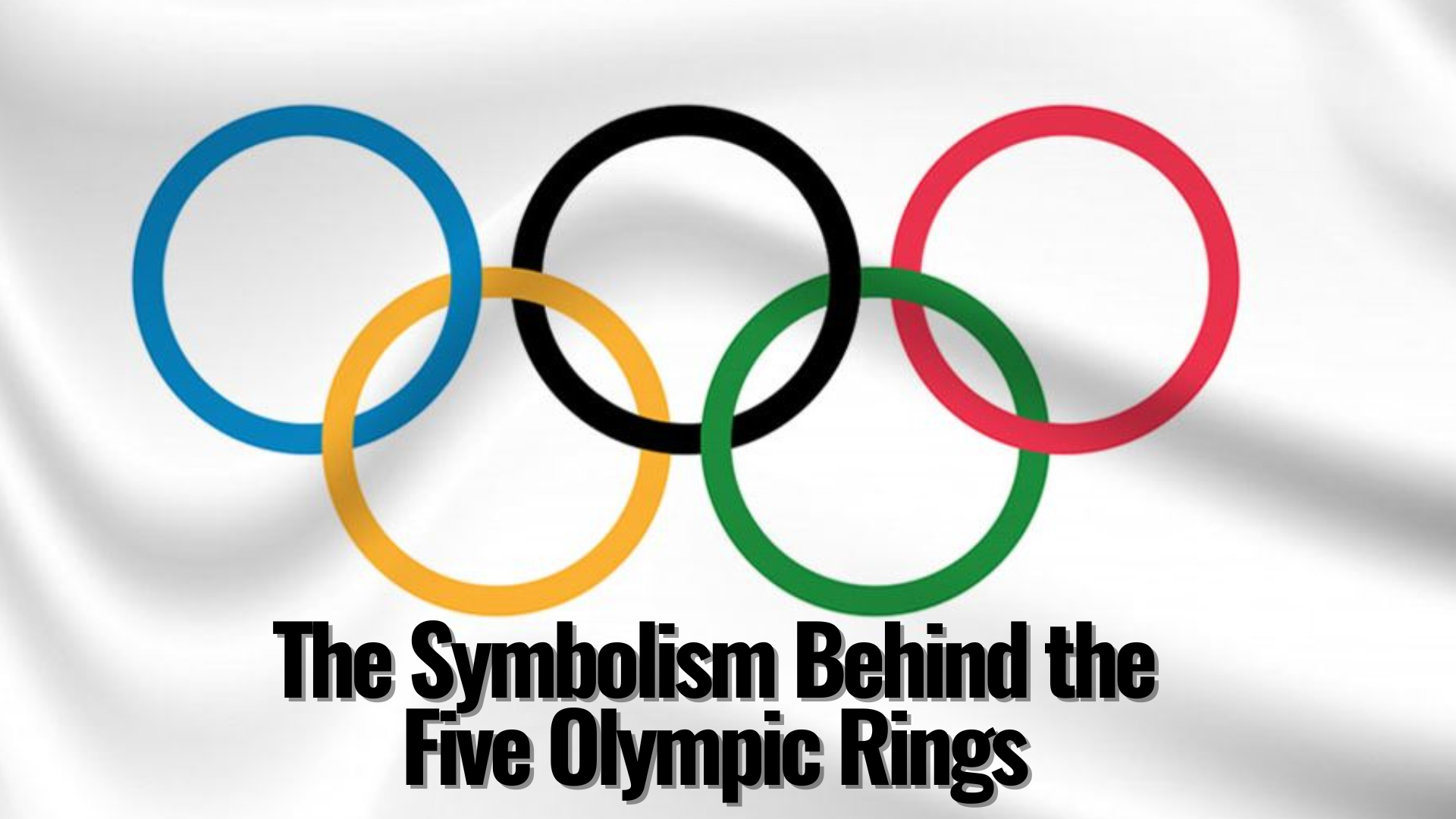The Olympics are not just the games themselves; they represent the global spirit of competition, unity, and humanity. At the heart of this prestigious event are the five intertwined rings that have become the symbol of the Olympics. What exactly do these rings symbolize? Let’s explore the significance of these five Olympic rings.
The History of the Olympic Rings
The Origin
The five rings first appeared in 1913 and were designed in 1913 by Pierre de Coubertin, the pioneer of the current Olympic Games. They symbolize the unification of the five inhabited continents and the reunion of athletes from all over the globe at the Olympic Games.
The Designer
Pierre de Coubertin invented the Modern Olympic Games and designed the famous rings. His vision was to create a symbol of global unity, friendship, and competition.
The Colors of the Rings

Blue Ring
Symbolism
A blue-colored ring typically links to Europe. Blue is connected to the Mediterranean and the sky above, representing vastness, depth, and stability.
Yellow Ring
Symbolism
The yellow ring symbolizes Asia. Yellow is a prominent color in various Asian cultures, representing peace, harmony, and the golden continent.
Black Ring
Symbolism
The black ring symbolizes Africa. Blacks are commonly regarded as a sign of strength and endurance, as well as the fertile earth of Africa—the African continent.
Green Ring
Symbolism
The green ring symbolizes Oceania, including Australia and the surrounding islands. The green color represents the growth of nature and the stunning landscapes of this diverse area.
Red Ring
Symbolism
The red ring represents the Americas. Red symbolizes passion, energy, and the vibrant culture of North and South America.
The Rings’ Interconnectedness
Unity and Connection
The interconnected rings symbolize the connection and unity between the continents. They are a blatant reminder that we all come together to celebrate human achievements regardless of our differences.
World Significance
The rings are of global significance. They transcend borders and bring people closer. They symbolize worldwide recognition and the universal and inclusive nature of the Olympic Games.
The Rings and the Olympic Values
Excellence
The Olympic Games celebrate excellence in sports. The rings represent this quest for excellence and encourage athletes to push themselves to perfection.
Friendship
Friendship is one of the most essential values in the Olympics. The rings represent the bonds created between nations and athletes and encourage a sense of camaraderie and mutual respect.
Respect
Respect is a further important aspect. Rings remind us to respect our adversaries and acknowledge the abilities and diversity of everyone involved.
Evolution of the Rings” Significance

History Context
At first, the rings represented the unification of continents and the participation of athletes worldwide. As time passed, they evolved to reflect the changing dynamics of the world and the Olympic movement.
Modern Interpretation
These days, the rings are regarded as an emblem of peace, harmony, and the spirit that has remained with the Olympic Games. They are a reminder of the power of sport to unite people and encourage positive transformation.
Conclusion
The five Olympic rings are more than an emblem; they are an enduring symbol of unity, diversity, and the Olympic spirit. Each ring’s distinctive color and significance is part of a more significant message of excellence and global harmony. While we watch the athletes compete, we should remember the significance of these rings and the values they symbolize.
FAQs
Why were Olympic rings made?
The Olympic rings were designed to represent the unification of five inhabited continents and the connection between athletes all over the globe.
What do the Olympic rings symbolize?
Each color represents a different continent, such as blue for Europe yel, low for Asia bla, black for Africa gre, green for Oceania, and red for the Americas.
Who designed these Olympic rings?
Pierre de Coubertin invented today’s Olympic Games and created the rings in 1913.
What’s the meaning of connecting rings?
The interconnected rings symbolize the unification and interconnection between the five continents, representing global harmony and the atmosphere of the Olympics.
What has the meaning of the rings changed over time?
Initially, the rings represented the unity of the continents and participation across the globe. They are now a symbol of peace, harmony, and the spirit that has remained constant throughout the Olympic Games. Olympic Games.
Why were Olympic rings made?
The Olympic rings symbolize the union of the five continents and the joining of athletes worldwide.
Which colors do rings symbolize?
Each color symbolizes a different continent: blue for Europe, yellow for Asia, Black for Africa, Green for Oceania, and red for the Americas.
Why is it essential to understand connected rings?
The interconnected rings symbolize the connection and unity of five continents, representing global harmony and essence at the Olympics.
Can those Olympic rings used at every Olympic Games?
Olympic rings are essential in the marketing and image of each Olympic Games, including the Summer, Winter, and Youth Olympics.
What is the way that the Olympic rings are secured as symbols?
They are administered through the International Olympic Committee (IOC) to ensure they are not used illegally.
Other symbols related to the Olympics?
Additional symbols comprise the Olympic flame, the mantra “Citius, Altius, Fortius” (Faster, Higher, More Stronger), and the Olympic flag, all of which represent the values and spirit of the Olympic movement.
